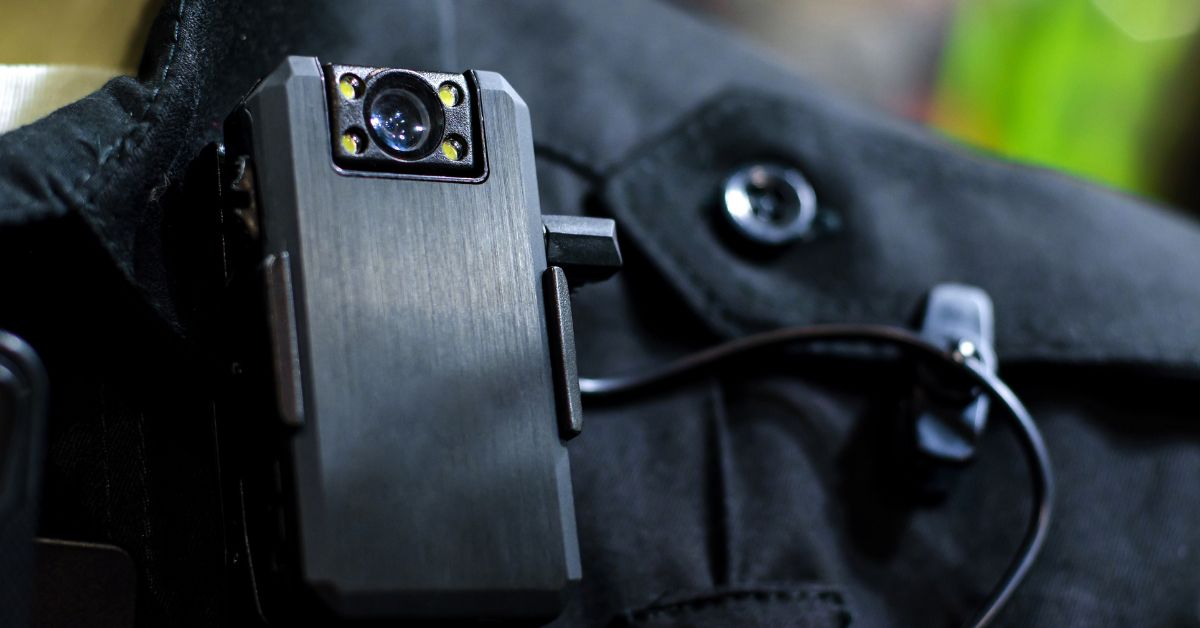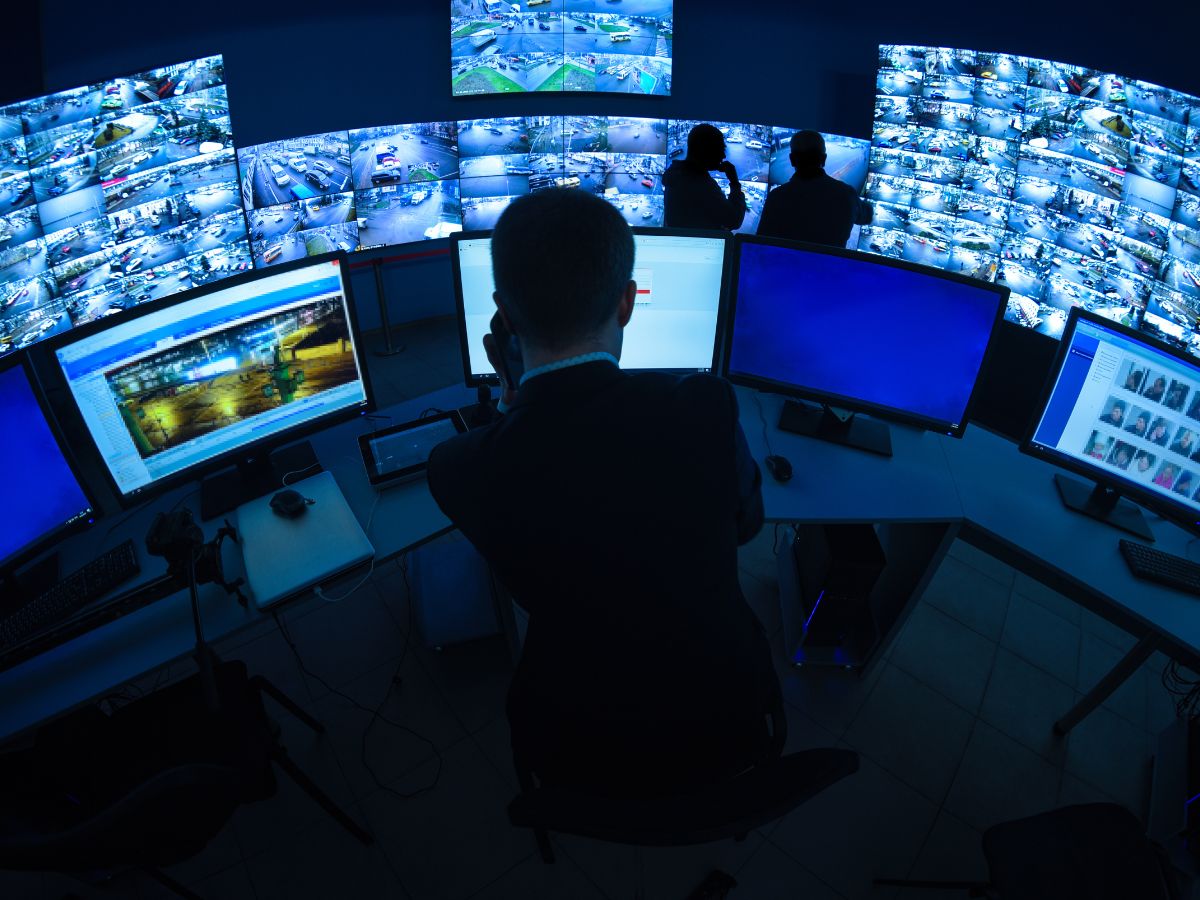In the ever-evolving landscape of law enforcement, modern technology has become a pivotal force in shaping the nature and efficacy of surveillance practices. CCTV Manchester plays a pivotal role in modern law enforcement surveillance, enhancing public safety through widespread camera deployment. It aids in crime prevention investigation and fosters a secure urban environment. These advancements promise enhanced public safety, streamlined investigations, and improved resource allocation. However, this proliferation of surveillance technology also raises critical questions regarding privacy, civil liberties, and the potential for abuse. Striking a delicate balance between security imperatives and individual rights remains a central challenge as societies navigate the intricate intersection of technology and law enforcement.
Body-Worn Cameras and In-Car Videos:
Body-worn cameras and in-car videos are pivotal in modern law enforcement surveillance, fostering transparency and accountability. Body worn cameras worn by officers record real-time interactions with the public, serving as objective evidence in investigations and legal proceedings. These devices enhance public trust and officer conduct while providing valuable insights into law enforcement activities. In-car videos, mounted within police vehicles, capture events during patrols and traffic stops, aiding in documenting incidents and ensuring adherence to protocols. The integration of these technologies contributes to a comprehensive surveillance framework, promoting both the safety of officers and the communities they serve while navigating the delicate balance between security and individual rights.

Biometric For Data Security and Identification:
Biometrics plays a pivotal role in both data security and identification, offering enhanced authentication measures. In data security, biometric systems, such as fingerprint or iris recognition, provide a robust layer of protection, ensuring that only authorised individuals gain access to sensitive information. Moreover, biometrics contribute significantly to identification processes in modern law enforcement surveillance. Technologies like facial recognition aid in swiftly and accurately identifying suspects, enhancing investigative efficiency. While these advancements improve security and streamline identification procedures, there are ongoing discussions regarding privacy concerns and ethical considerations, underscoring the need for responsible implementation and stringent regulatory frameworks.
Surveillance and Monitoring:
Surveillance and monitoring, facilitated by modern technology in law enforcement, serve as vital tools for maintaining public safety. Advanced surveillance systems, such as CCTV cameras and predictive analytics, enable authorities to detect and prevent criminal activities efficiently. Real-time monitoring enhances situational awareness, allowing rapid response to incidents. Biometric technologies, like facial recognition, aid in identifying and apprehending suspects. These tools contribute to crime prevention, investigation, and resource optimisation. However, their deployment raises concerns about privacy and ethical use, necessitating a careful balance between public security and individual liberties within the evolving landscape of law enforcement technology.
Also, read: How Surveillance Cameras Can Help to Avoid Any Accidents?
Cutting-Edge Technologies:
In law enforcement surveillance, cutting-edge technologies like Google Glass, HoloLens, and Augmented Reality (AR) are revolutionising operations. Google Glass offers officers hands-free access to real-time information, aiding in situational awareness and facilitating quick decision-making. HoloLens and AR applications enable officers to overlay digital information onto the physical environment, enhancing crime scene analysis and investigation. These devices provide a seamless integration of data, offering a significant advantage in tracking suspects, accessing databases, and improving overall operational efficiency. While these innovations enhance law enforcement capabilities, ethical considerations and privacy concerns necessitate careful regulation to ensure responsible and transparent use of such technology.
Artificial Intelligence:
Artificial Intelligence (AI) plays a pivotal role in modern law enforcement surveillance, revolutionising the way data is processed and analysed. AI algorithms enable rapid identification of patterns, faces, and anomalies in vast datasets, enhancing the efficiency of video and image analysis. Facial recognition technology, powered by AI, aids in real-time suspect identification, contributing to crime prevention. Moreover, AI-driven predictive analytics assists law enforcement in proactively addressing potential threats. While AI augments surveillance capabilities, ethical considerations and the need for responsible use underscore the importance of maintaining a balance between technological advancements and safeguarding individual privacy and civil liberties.
While these technologies enhance the capabilities of law enforcement, there are also concerns related to privacy, civil liberties, and potential misuse. Striking a balance between effective surveillance and protecting individual rights remains a challenge as technology continues to evolve. It is crucial for legal frameworks and regulations to keep pace with technological advancements to ensure the responsible and ethical use of surveillance tools in law enforcement.











